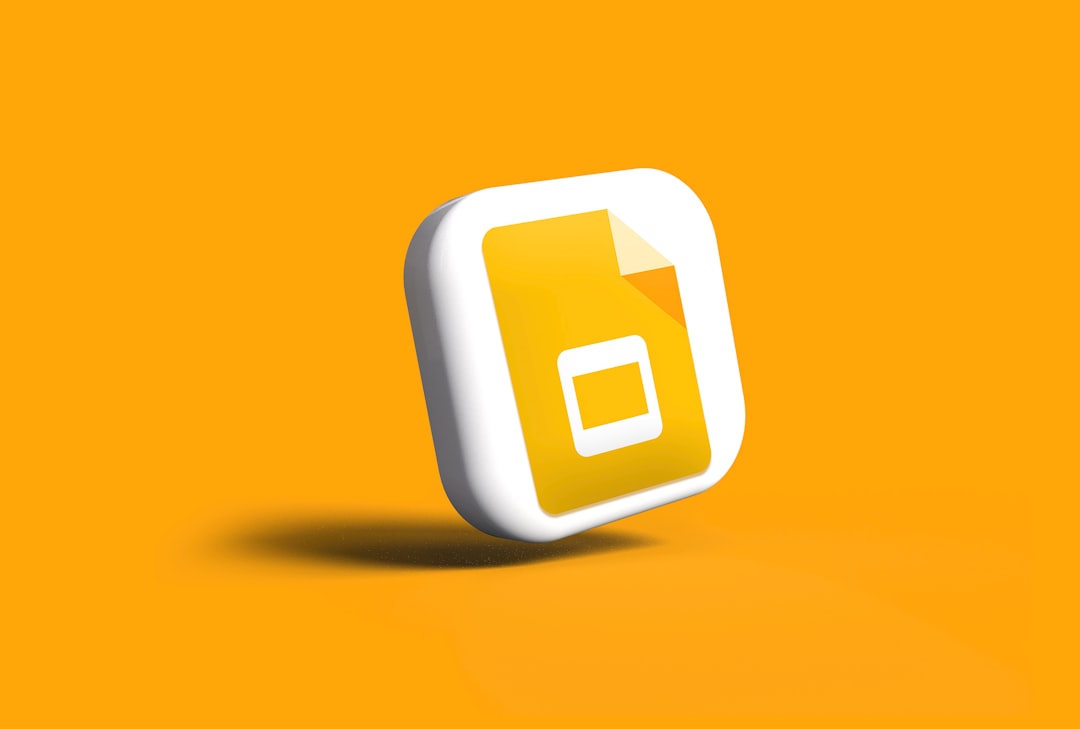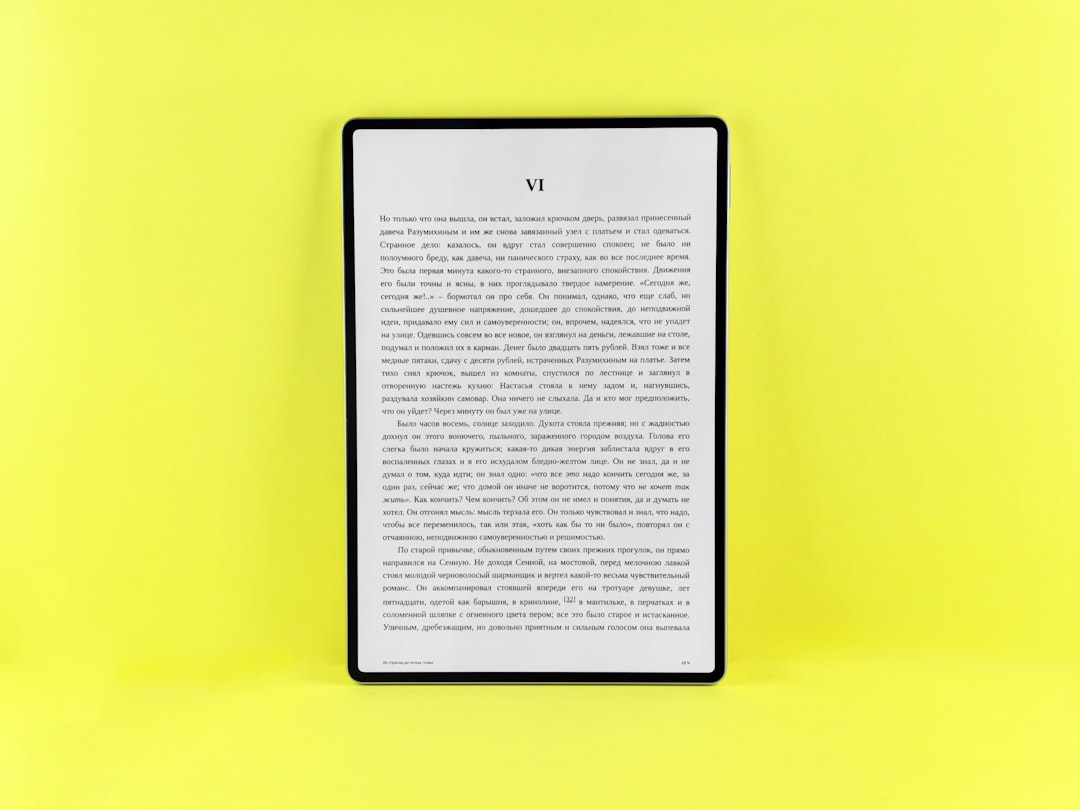

Engage prospects with a scan and streamline customer engagement with FREE QR code marketing tools by Sona – no strings attached!
Create a Free QR CodeFree consultation

No commitment

Engage prospects with a scan and streamline customer engagement with FREE QR code marketing tools by Sona – no strings attached!
Create a Free QR CodeFree consultation

No commitment
For companies relying on Yellow Pages advertising services, tracking the true effectiveness of print campaigns and proving advertising ROI remains a persistent challenge. Many marketers face the frustration of missing high-value prospects because these leads never leave a digital trace or get tracked in a CRM, leading to lost opportunities and an incomplete understanding of campaign impact. The inability to connect offline impressions with digital engagement creates an information gap, where potential leads remain unknown and unpursued.
Historically, this lack of visibility meant that marketing spend on print could feel like a leap of faith. Limited tracking and fragmented attribution data often resulted in misallocated budgets and difficulty justifying continued investment. Marketers were left relying on anecdotal feedback or manual call tallies to gauge results, leaving decision-makers unconvinced about which tactics actually drive revenue. The disconnect between analog ad placements and actionable analytics has made it difficult to optimize spend or personalize follow-up. See how to track print ad performance.
QR codes have started to fill this gap by offering a frictionless offline-to-online gateway for Yellow Pages advertising services. With a single scan, prospects are no longer anonymous; they move from print ad exposure to targeted landing pages, exclusive offers, or appointment forms, transforming unknown traffic into measurable interaction. This shift enables instant engagement and unlocks the ability to tie every scan to digital conversions, providing granular performance tracking and revenue attribution. By connecting analog ads with real-time analytics, marketers can finally quantify campaign impact, prioritize follow-up based on actual intent, and ensure every advertising dollar is accountable.

QR codes bridge the gap between physical directories and digital outcomes, allowing Yellow Pages advertisers to capture intent the moment it appears. When someone scans from a print listing or display ad, you can connect that action to a landing page visit, a form completion, or a scheduled appointment. This creates a measurable trail from ad exposure to revenue, which is exactly what print has historically lacked.
Many Yellow Pages advertisers struggle with a core pain point: prospects who engage in the moment yet never submit a form or leave a data trail. Relying only on generic coupon codes or manual call tallies limits your view of what is working. By instrumenting print placements with QR codes and a modern analytics stack, you can replace guesswork with real-time, campaign-level attribution.
By adopting these tools and methods, Yellow Pages advertisers move beyond manual counting and anecdotal feedback, evolving toward a model where every offline impression can be linked to a digital journey and eventual revenue. Outdated workflows such as paper sign-up sheets, calling a phone number to request a quote, or mailing in coupons are replaced by immediate, trackable digital actions. Sona QR supports this transformation by making code creation, routing, tracking, and CRM integration simple to execute at scale.

Yellow Pages advertising faces unique offline-to-online conversion challenges. Even highly interested prospects often remain anonymous, which makes it hard to qualify or follow up. You may see call volume, but without context you cannot attribute calls to specific placements or determine who engaged but did not dial right away. The result is missed opportunities and a hazy ROI picture that undermines confidence in print. For perspective, see this small business debate.
QR codes solve these issues by connecting a physical listing to a digital experience that you control. A scan gives you the where, when, and how of engagement and lets you guide the next step: book, claim, learn, or call. With dynamic codes and analytics, you can track performance and adjust content mid-campaign without waiting for the next print cycle.
Think about typical Yellow Pages materials: appointment cards, classifieds, bold display ads, neighborhood mailers, and category-specific listings. On each of these, a well-placed and well-labeled QR code transforms a passive impression into an interactive, measurable funnel step that you can test and improve.

Not all QR codes serve the same purpose. For Yellow Pages advertisers, the best format depends on the action you want a prospect to take at that exact moment. Selecting the right format ensures that scans translate into meaningful engagement rather than dead-end clicks.
Start with your primary outcome: do you want to capture a lead, schedule a service, initiate a call, or drive an app install for loyalty and repeat bookings? From there, choose the destination and QR format that removes friction and captures attribution.
Dynamic QR codes are often the right choice for print-heavy advertisers because they allow destination changes and richer analytics without reprinting. Static codes fit evergreen use cases such as a general contact card. As a rule of thumb, use dynamic for any campaign where you want data, retargeting, or flexibility; use static for long-lived, unchanging destinations.

Growth often hides in plain sight across your existing Yellow Pages touchpoints. Because print placements are distributed widely and managed by different teams, data tends to be fragmented. A simple QR deployment strategy creates a unified signal layer that reveals which surfaces drive real engagement and which require tweaks. For inspiration, browse business QR examples.
Start by mapping your offline assets and assigning unique dynamic codes to each. Connect scans to landing pages with consistent conversion events. Over a few weeks, patterns emerge: certain categories, geographies, or offers outperform others, guiding smarter spend allocation and creative iterations.
With a consolidated view of scan behavior, you can shift dollars from low-yield placements to high-performing ones, refine messages for different audiences, and replicate successful patterns across new markets.
Yellow Pages advertisers often wrestle with incomplete visibility into how print investments perform. QR-enabled tactics transform each printed impression into a trackable action and a richer profile in your CRM. The following use cases highlight how to align scans with measurable outcomes.
Each use case turns a static listing into an interactive experience with a measurable next step. Over time, the data tells you which creative, offer, or call to action resonates with each audience segment so you can double down on what moves the needle.
Every scan is a declared signal of interest. By deploying multiple QR codes across your Yellow Pages footprint and related print materials, you can segment audiences automatically, personalize the next touch, and drive higher conversion rates without guesswork.
Start by aligning QR codes to funnel stages. Top-of-funnel codes can route to educational content or service overviews; mid-funnel codes can route to estimates and pricing; bottom-of-funnel codes can route to instant booking or coupons. Layer in contextual data such as location and time to create granular, high-intent segments.
In Yellow Pages environments, useful distinctions include homeowners vs. property managers, urgent repair seekers vs. planned project researchers, and new movers vs. long-time residents. Sona QR turns each QR code into a smart entry point that captures these distinctions and routes them to the right outreach workflow.
Yellow Pages placements are often part of a broader go-to-market plan that includes direct mail, local sponsorships, and social media. The challenge is connecting these channels so they complement each other rather than operate in silos. QR codes serve as the connective tissue that drives consistent measurement and cohesive customer journeys across mediums.
When every offline placement routes to a trackable, purpose-built destination, you can attribute outcomes, share creative learnings across teams, and scale what works. QR codes also enable digital amplification: a scan from a directory listing can lead to content that encourages social sharing, review submissions, or opt-ins that grow your owned audience.
A centralized platform such as Sona QR brings all of this together. You can manage codes in one place, monitor performance per channel, and sync scan data to your CRM and ad accounts so that every touchpoint contributes to a single, measurable funnel.
Addressing Yellow Pages challenges requires more than placing a code on a page. You need a structured approach that connects offline impressions to clear, trackable outcomes. The following checklist lays out a repeatable process you can apply to every campaign, from category listings to seasonal mailers.
Start with a sharp objective, select the right QR format, then design for scannability and intent. Test in real-world conditions, deploy across prioritized placements, and commit to continuous improvement using live analytics. This is how you turn traditional print into a predictable performance channel.
Clarify the single outcome you want. Examples include same-day appointment bookings for an emergency plumber, a consultation request for a family law practice, or verified review collection for a local HVAC company after a service call. If you are advertising at a bridal expo, your goal might be RSVP capturing for venue tours.
Align the code’s purpose to that outcome. If you want bookings, route to a mobile scheduling page. If you want reviews, route to a pre-filled review flow. If you want leads, route to a short, mobile-first form.
Static codes work well for evergreen destinations such as a general contact card or a PDF brochure. Dynamic codes are better for campaigns that need tracking, retargeting, and the ability to update destinations without reprinting.
Choose dynamic when you care about data and flexibility. For example, if you expect to tweak offers during peak season or shift overflow appointments to a partner location, dynamic codes are essential.
Brand your QR with a logo mark and colors, and frame it with a clear call to action such as Scan to book now or Scan for 15 percent off first service. Ensure sufficient contrast and minimum size for the print format.
Test scans on multiple devices and under actual lighting conditions. Check scannability at arm’s length for a directory ad and from a few feet away for a poster. Verify that the landing page loads quickly and that forms are short and mobile friendly.
Place codes on Yellow Pages listings, neighborhood mailers, in-store signage, business cards, and invoices. Match placement to audience behavior: emergency services should prioritize bold display ads and top-of-category listings; planned projects should emphasize brochures and direct mailers.
Sequence deployments so you can compare results and scale. For example, roll out unique codes in two nearby zip codes with different offers to learn which message resonates before statewide expansion.
Use Sona QR to monitor scans by time, location, device, and creative. Append UTM parameters to destinations for clean web analytics. Review conversion rates and drop-off points weekly, then A/B test landing pages, CTAs, and offers.
Feed insights into your next print cycle. If one category placement outperforms others, negotiate more prominent placement there. If a coupon drives redemptions but not long-term value, experiment with service bundles or loyalty sign-up incentives.
A disciplined process like this replaces legacy obstacles such as incomplete ROI tracking or attribution confusion with continuous improvement. Over time, your print investments behave like a measurable digital channel.

Attribution is the sore spot for many Yellow Pages advertisers. You know people see your listings, but proving that a specific placement led to a booked job or a signed contract is rarely straightforward. QR codes change this equation by binding an offline interaction to a digital identity and a sequence of actions you can measure.
To connect the dots, you need more than scan counts. You need context such as placement and timing, web behavior after the scan, and CRM events such as contact creation and revenue. With the right system, you can tie scans to bookings, pipeline, and closed-won deals, then use those insights to reallocate spend and refine creative.
The result is a full-funnel, closed-loop measurement system that upgrades Yellow Pages from a black-box spend to a performance-driven investment. Sona QR captures the real-world engagement; Sona.com turns that engagement into actionable insights you can use to grow pipeline and revenue.
Scaling success with QR codes in Yellow Pages environments requires consistent execution and smart automation. The goal is to increase scan rates, shorten time to action, and ensure that no signal is lost between scan and sale.
Operationally, this means unique codes for each placement, disciplined use of UTM parameters, and automated follow-ups that match the scanner’s intent. It also means educating staff and customers about what they get when they scan, so the value proposition is clear at a glance.
Creative deployments can amplify impact. For example, a loyalty QR on a punch card for a local car wash drives repeat business, while a QR on an appliance repair invoice can prompt a warranty registration and review in one flow. Sona QR makes these deployments easy to set up, track, and refine.
QR codes are redefining the promise of Yellow Pages advertising, converting an opaque channel into a measurable growth engine. With a scan, you turn a static impression into an interactive journey that you can attribute, optimize, and scale. Instead of relying on partial feedback or manual tallies, you gain a real-time view from directory listing to digital engagement, CRM enrichment, and revenue.
The impact goes beyond convenience. QR codes enable instant engagement, connect every physical surface to a purposeful digital next step, and generate actionable data at each stage of the buyer journey. By integrating with tools like Sona QR and Sona.com, you can manage codes centrally, monitor performance live, trigger follow-ups automatically, and link scans to pipeline and closed-won outcomes. For measurement best practices, read Sona’s blog post The Importance of Accurate Revenue Attribution.
Modern Yellow Pages advertising services no longer operate in the dark. Smart use of QR codes empowers businesses to precisely track leads, close the attribution gap, and demonstrate real campaign ROI while turning every print asset into a digitally enabled touchpoint. If you are ready to capture demand at the source and convert it into measurable results, Start creating QR codes for free and connect them to your CRM in minutes.
QR codes have transformed yellow pages advertising services from static listings into interactive, measurable growth drivers. By integrating QR codes, businesses can seamlessly acquire new customers, enhance user experiences with instant access to offers or contact details, and gain valuable insights into which ads truly convert. Imagine knowing exactly which yellow pages ads drive traffic and sales—and being able to optimize campaigns instantly based on real-time scan data.
With Sona QR, you can effortlessly create dynamic, trackable QR codes that update on the fly without the need for costly reprints. Every scan becomes a clear indicator of customer interest, linking offline yellow pages interactions directly to online engagement and revenue. No guesswork, just actionable data that powers smarter advertising strategies.
Start for free with Sona QR today and transform your yellow pages ads into powerful conversion tools that drive measurable results.
You can track performance by using QR codes that link print ads to digital landing pages, allowing you to monitor scans, clicks, and conversions in real time with platforms like Sona QR.
QR codes enable offline-to-online conversion tracking, provide measurable engagement data, allow dynamic content updates, improve attribution, and help optimize advertising spend.
Yellow Pages advertising has integrated QR codes to connect print listings with digital experiences, enabling real-time tracking, CRM integration, and measurable ROI instead of relying on anecdotal feedback.
Yes, when combined with QR codes and digital tracking, Yellow Pages remain effective by turning static print impressions into measurable, interactive customer journeys.
Yellow Pages advertising involves print costs but QR codes make it cost-efficient by unlocking data for smarter spend allocation and targeting, enhancing reach through measurable offline-to-online engagement.
Use Sona QR's trackable codes to improve customer acquisition and engagement today.
Create Your FREE Trackable QR Code in SecondsJoin results-focused teams combining Sona Platform automation with advanced Google Ads strategies to scale lead generation

Connect your existing CRM

Free Account Enrichment

No setup fees
No commitment required

Free consultation

Get a custom Google Ads roadmap for your business






Launch campaigns that generate qualified leads in 30 days or less.
